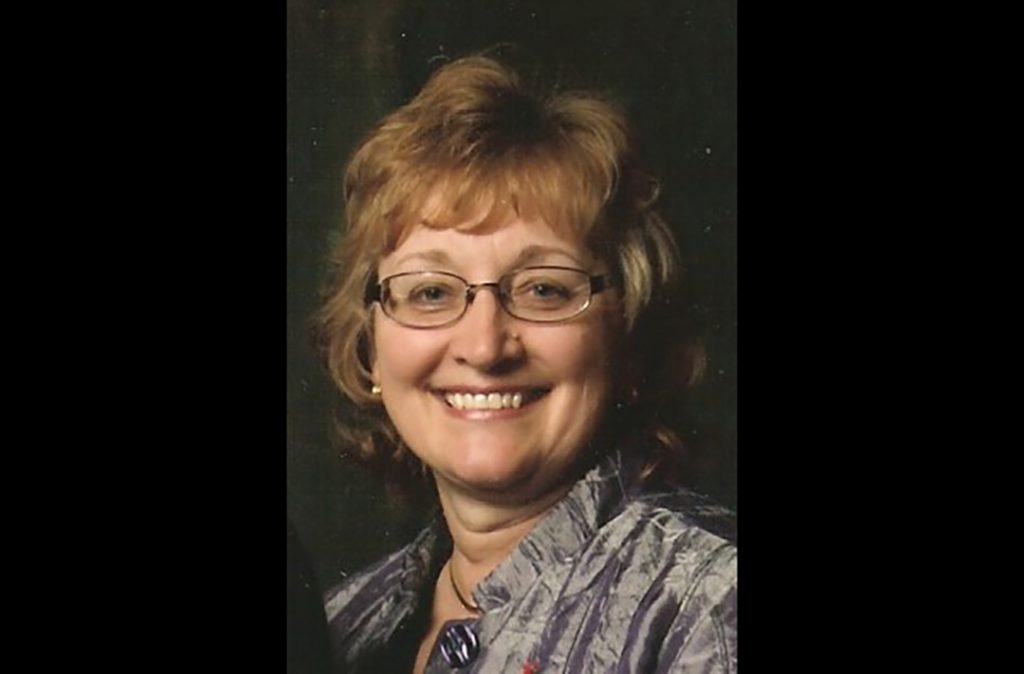
The Carnegie Library project was one of the first projects I tackled after arriving on the job in Clovis as Assistant City Manager (Al Goodman was City Manager) ln January 1983. The citizens group that had been working on preservation of the library had worked on some demolition and fundraising but were faced with a more complex, and costly project.
They came to discuss their project with me. Having worked on historic preservation in previous jobs I knew the challenge of the task. But I have always loved preserving history in communities. It takes imagination, resourcefulness, and a belief in the value of the effort.
At the time, there were so few buildings left standing from the city’s pioneer days, it seemed important to invest the time to see whether the city could help. Although the Carnegie Library was not architecturally significant and not ornate in the tradition as many such libraries built with Carnegie funding, it represents the importance and effort made by the community’s early pioneers to expand knowledge and educational resources for its citizens.
I researched state and federal grant opportunities for the project and applied for a parks and recreation grant with a goal of historic preservation that had a job training component. I do not recall the amount of the grant but it included funds for some construction materials, tools, a construction supervisor, and 10 high school students to train and work on the project.
I was able to find an industrial arts teacher, Eric Nihzsche, who wanted a summer job. He taught Construction-Trade at Clovis High. He continues to work periodically for the City of Clovis. Clovis High screened and referred 10 students ages (16-17 years) with interest in the construction trade. The goal was to assist economically disadvantaged youth to train for construction jobs.
The city building inspector, city planner, and city engineer provided technical support. The goal of the project was to finish demolition, reinforce the foundation and roof, complete finished dry-wall, paint a large open room, install restrooms so that the building could be used as a community meeting hall. Rental fees for use of the space would help defray some maintenance costs.
The building inspector was surprised that the library was still standing. The foundation was compacted clay with stacked bricks. No mortar! A solid foundation was required. The roof trusses were installed 90 inches from the architectural specifications. The engineers resolved the defect with a cost-effective solution of adding reenforcing plates to the joints of the trusses, which attained code compliance for structural strength.
The project provided several interesting challenges.
The students were in an age group that was restricted by safety laws from climbing ladders, working on roofs, or using power tools. They had to spend a specified time in class learning about tools, construction materials, safety rules, and their responsibilities as an employee i.e., showing up on time, following instructions, working as a team, completing assignments. I developed training curriculum to measure their progress. It included personal budget training.
It was a daily challenge to encourage the students to arrive on time. Many had little parental support. So breakfast and lunch were often donated by generous supporters. Several students would be hired by local construction companies.
We had support and donations from the building industry and local construction companies. Often work crews were organized to donate time and material for concrete, plumbing and electrical work. Dry wall and lumber were donated.
I do not have a good recollection about the time of the Chamber of Commerce involvement. They did finish the basement for meeting rooms, preserved the stain glass windows, and completed the entry porch with brick after leasing the building from the city for their business office.
Kathy Millison arrived in Clovis in 1983 and was instrumental in saving the historic 1914 Carnegie library. She acknowledges her talented management team helped her guide the city’s growth and development for 19 years which included plans for new urban villages, walkable trails throughout the city, business parks, and integrated water and sewer treatment systems that relied on the best available technology that would serve Clovis well into the future.
She retired in 2014 after 36 years in public service. She presently serves as a senior advisor and executive coach for the international City/County Management Association that provides support to first time and active city managers throughout the Central Valley. She and husband Richard reside in Clovis.
She is a part of our rich heritage.








